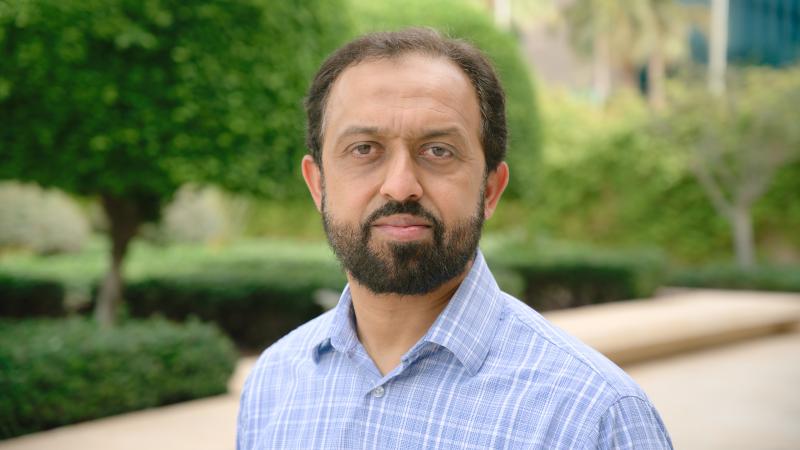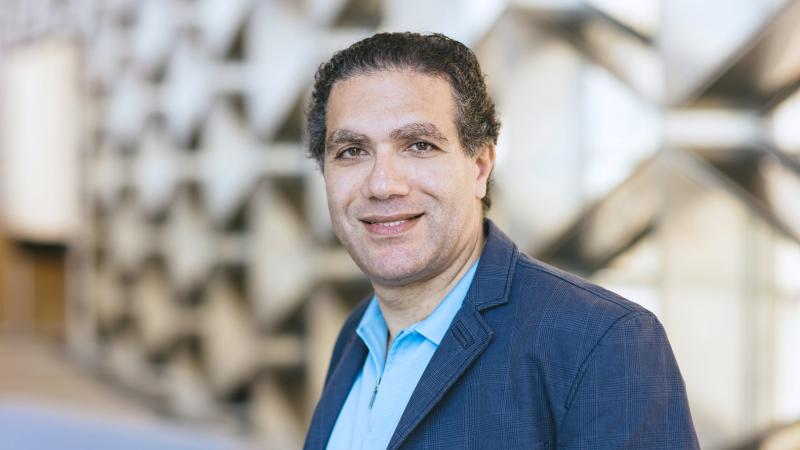As Internet-connected smart devices become smaller and more widespread, the challenge of powering them grows more acute. An inexpensive energy harvester developed at KAUST can help recharge Internet-of-things (IoT) gadgets using radio waves from wireless sources.
One way that researchers are miniaturizing devices for IoT applications is through an approach called system-on-package. Recent work has shown that the protective packaging around microelectronics devices could be used to accommodate components, such as communication antennas, for significantly reduced costs and space requirements.
Atif Shamim, a professor of electrical engineering and an expert in energy harvesting, realized that system-on-package principles could help IoT devices become more self-sufficient. His team investigated strategies to build highly compact antennas that tune into the radiofrequency signals emitted from mobile and wireless devices. They then teamed up with Khaled Salama’s group at KAUST to convert this energy into electricity using semiconductor diodes.
Most radiofrequency harvesters can only tap into a single part of the wireless spectrum, such as the 3G standard. Shamim’s team, however, aimed to produce a multiband device that can accumulate more energy from multiple sources of communication.
“Asking one antenna to do the job of several others simultaneously is tricky,” notes Azamat Bakytbekov, the first author of the paper. “You have to make sure the performance doesn’t drop at any one frequency point.”
Read the full article


